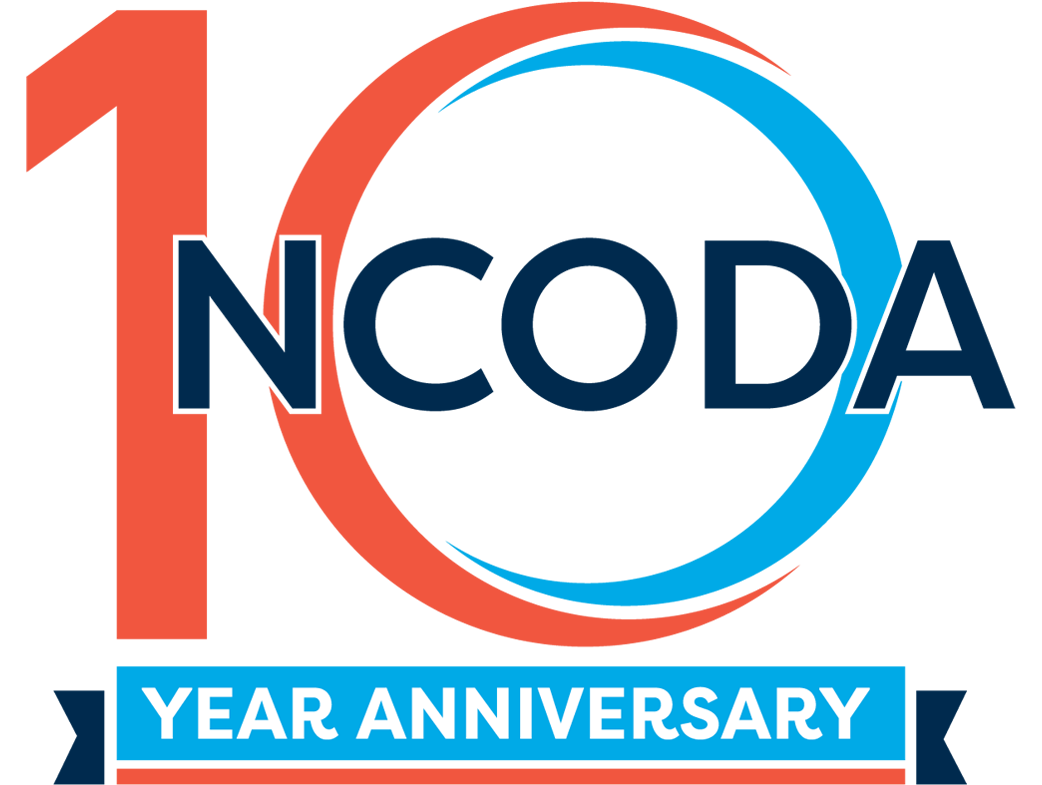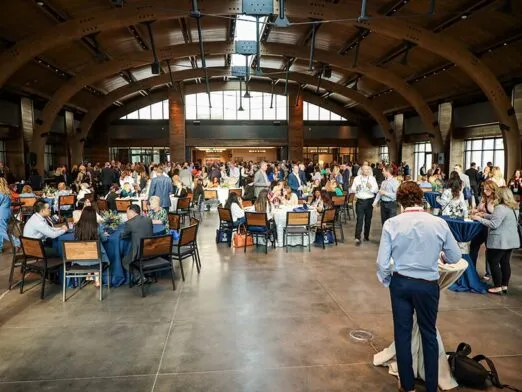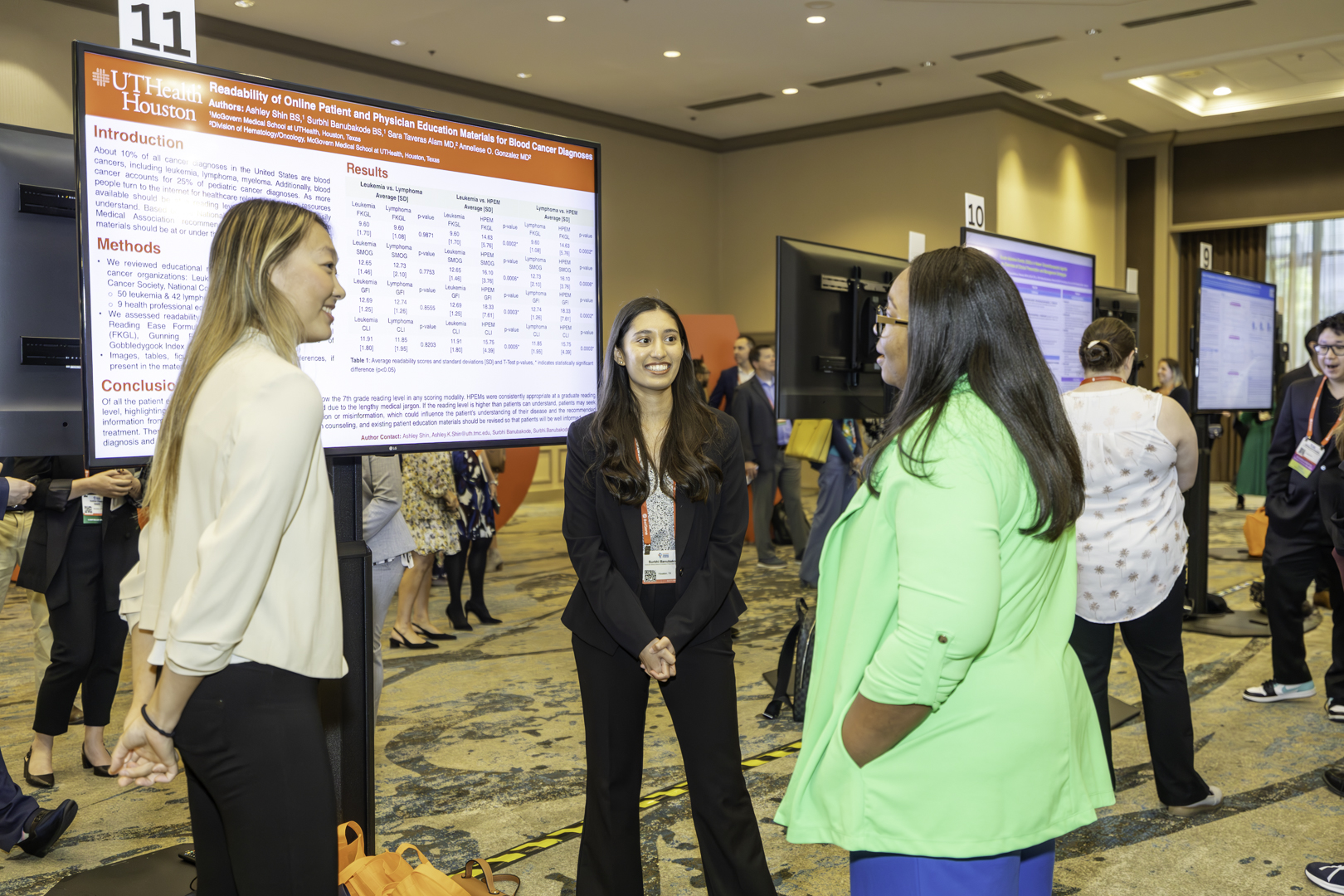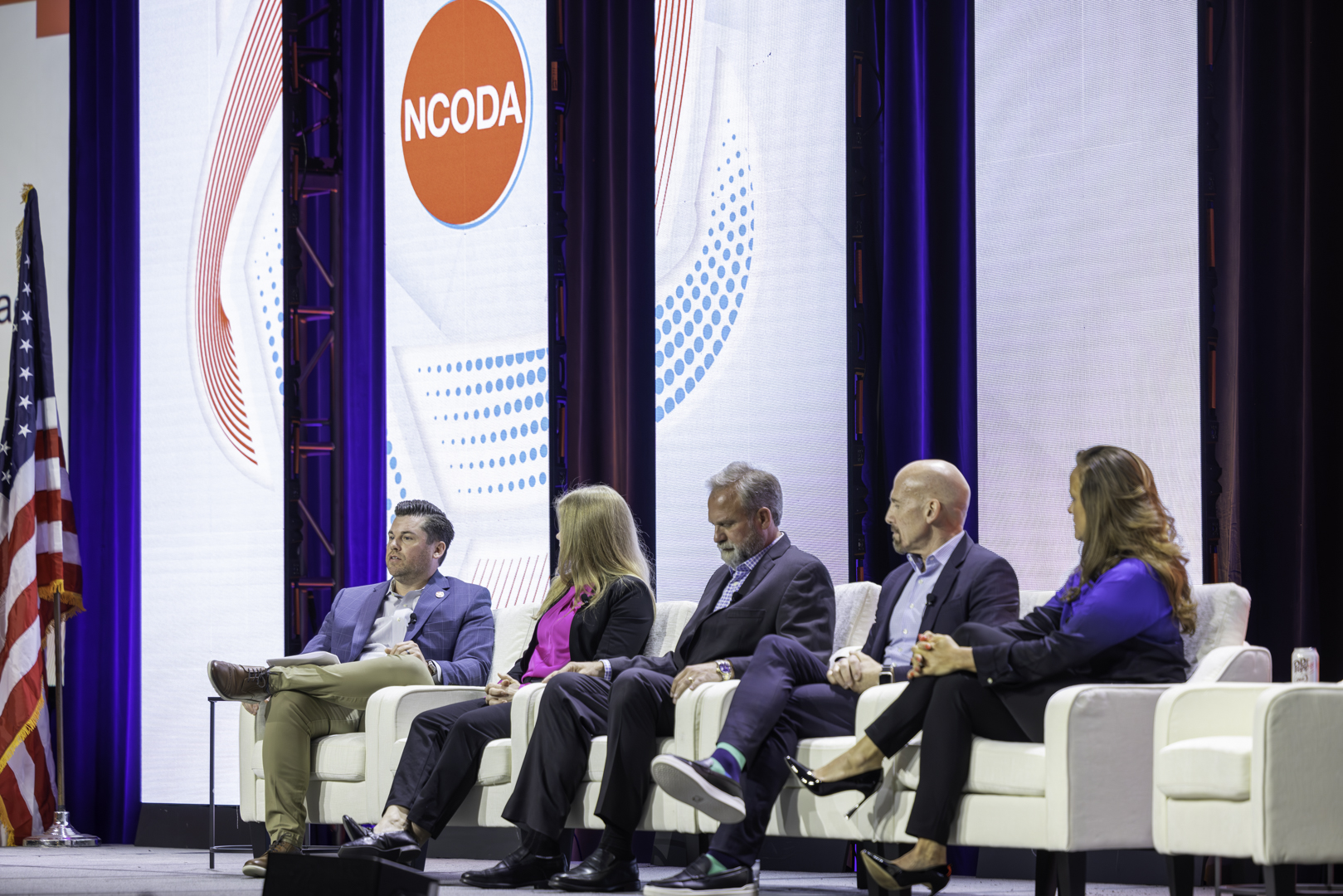Serving Those Who Served: Delivering Oncology Care to Veterans
Published Date: July 1, 2025
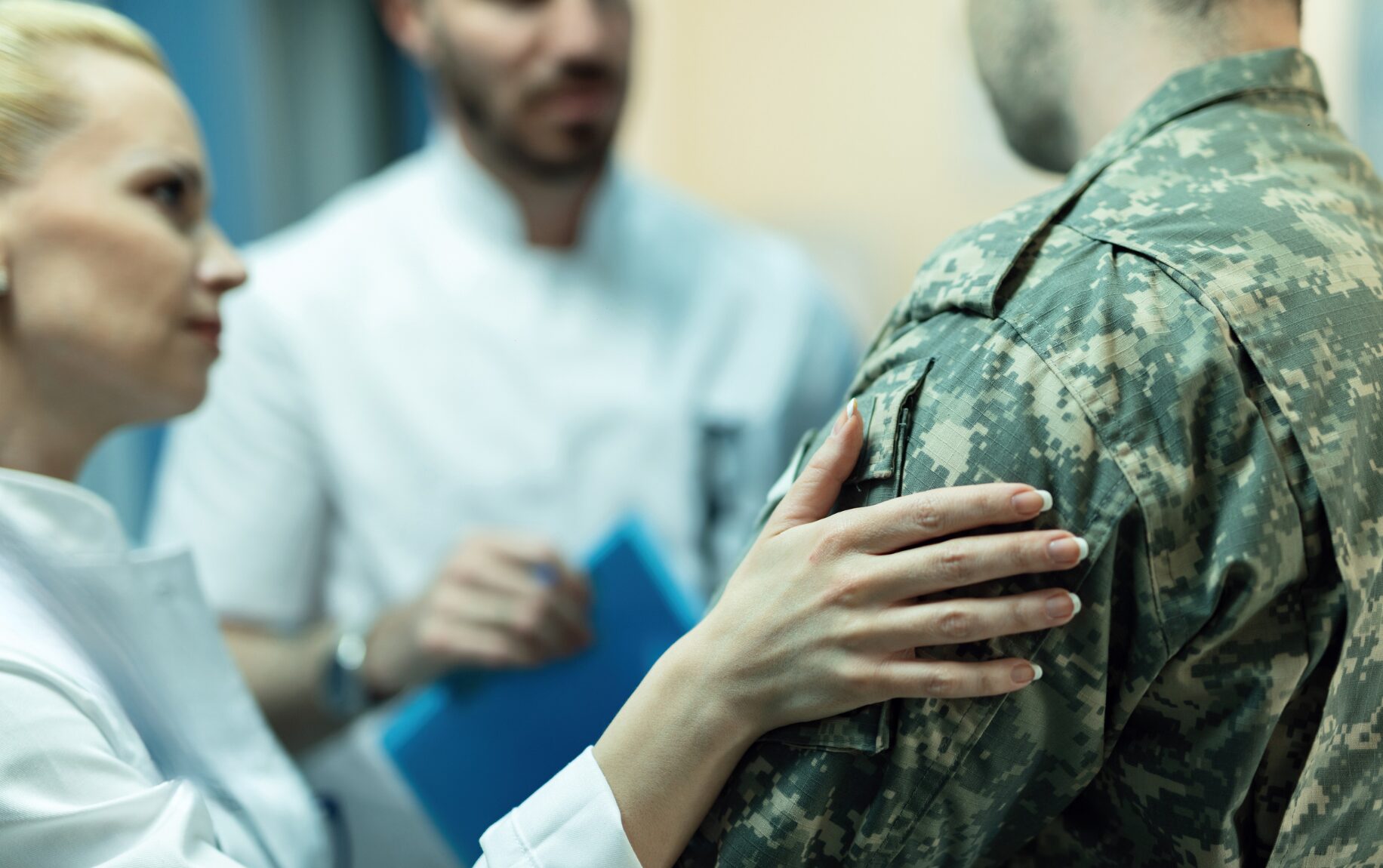
In support of our strong focus on patient-centered care and advancing oncology outcomes for all patients, we recently spent time with Nigina Ali, PharmD to discuss the state of oncology care for veterans.
The Veteran Health Administration is one of the largest care networks in the United States with 170 VA medical centers and over 1,100 outpatient care sites to support over nine million veterans enrolled in the VA health care program. When it comes to cancer care, this population experiences elevated rates of certain cancers (most commonly noted are breast and prostate cancer) and may face additional challenges related to military service, including PTSD and delayed access to specialty treatment.
Nigina worked as an oncology pharmacist at the Martinez VA Medical Center in northern California/within the VA system, has served as an oncology pharmacist at Kaiser, and is now working in psychiatry pharmacy with a deep, ongoing commitment and passion for the care that veterans receive.
To gain a clearer picture of how cancer care is structured for this unique population, we asked Nigina to share her firsthand experience working within the VA system.
How is oncology care structured and delivered within the VA system??
Ali – Interestingly, you would think it’s different, but it’s similar to private sectors as well, based on my experience. Typically, a Veteran will see their primary care doctor first, who refers them to oncology if there’s a concern. Once they enter the oncology group, they’re assigned to a care team and a treatment plan is created.
One notable difference is that VA oncologists don’t usually subspecialize. For instance, you won’t find oncologists focused only on breast cancer or solid tumors. Instead, they manage a wide range of cases, referring out only when necessary. In some cases, those referrals mean traveling to a different VA facility if a specific specialist isn’t available. This puts more pressure on the oncologists to stay up to date on a broad range of treatments and research, which can be very challenging given the volume of new studies and therapies.
How was care coordinated across the team in your experience?
Ali – Once the oncologist prepared an initial treatment approach, they would consult the pharmacist to review the plan. This gave me the opportunity to compare the diagnosis with the proposed treatment, provide feedback, and ensure the plan aligned with medication best practices. It also added another layer of quality assurance before orders were processed.
At our facility, collaboration was strong. Nurses managed appointments and ongoing care, but we all worked closely together—whether addressing side effects like rashes or making adjustments to treatment. Each of us had the freedom to prioritize patient needs, and that made a difference.
How does the Veterans Health Administration (VHA) approach cancer screening, early detection, and prevention for Veterans?
Ali – The VA is very proactive when it comes to prevention and screening. For instance, smoking cessation is strongly emphasized, and routine cancer screenings, such as mammograms, are standard. The primary care team plays a key role in promoting these screenings, and care teams follow national best practice guidelines to support early detection.
What are some of the unique needs you see among Veterans with cancer, compared to the general population?
Ali – Many Veterans I worked with were dealing with some level of PTSD. This deeply impacts how they receive and process a cancer diagnosis. We were trained to be especially sensitive—both in how we asked questions and how we delivered information.
Another layer of complexity comes from their service history. Many were exposed to chemicals or environments that may be linked to cancer, triggering stressful memories. Their identity as Veterans can also affect how they view delays in care. For instance, policies that limit medication refills may feel particularly unfair to someone who served the country. That frustration may stem from both their past experiences and ongoing mental health challenges.
At the same time, there’s a strong sense of camaraderie among Veterans. In the waiting room, you’d often hear patients sharing stories, building connections, and supporting one another—something you don’t see as often in civilian settings. It created a unique and positive bond within the care environment.
Are there challenges veterans face in accessing timely oncology care? Or are there limits in the system that make it harder to access newer treatments and approaches?
Ali – Yes, there are definite challenges. At our facility, we dealt with outdated infrastructure. For example, if our compounding room was closed, the nearest alternative could be over 90 minutes away. I sometimes worked 18-hour shifts to minimize treatment delays.
We still used paper orders, which increased the potential for errors and slowed down processes. Much of the difficulty came from systemic issues—limited funding, slow implementation of updates, and regulatory barriers. However, our team was passionate and proactive. We used NCCN templates to streamline care even without full electronic ordering systems.
Travel is another barrier. Even with the VHA’s large network, many Veterans still live far from their assigned facility. Getting to and from appointments often required coordination with family or friends, which can be difficult for those undergoing cancer treatment.
Nigina’s perspective highlights both the strengths and the ongoing challenges within the VA system. Her experiences reflect the dedication of care teams who are deeply committed to serving Veterans, even amid systemic obstacles.
We thank Nigina for sharing her insights and for her continued work on behalf of those who served.
Oncology teams at the VA—including oncologists, pharmacists, nurses, and support staff—are making a remarkable difference in the lives of Veterans. Their dedication and compassion shine through in every aspect of care. While opportunities for improvement remain, especially in areas like infrastructure and access to specialty treatments, the work being done is inspiring.
NCODA looks forward to sharing additional spotlights and stories that highlight the importance and complexity of oncology care for our nation’s Veterans —offering insights that can inspire and inform our broader community of oncology professionals across community and academic practices.
Visit the NCODA Veteran Care Resource page to learn more and access resources that are helpful to veteran cancer patients.








